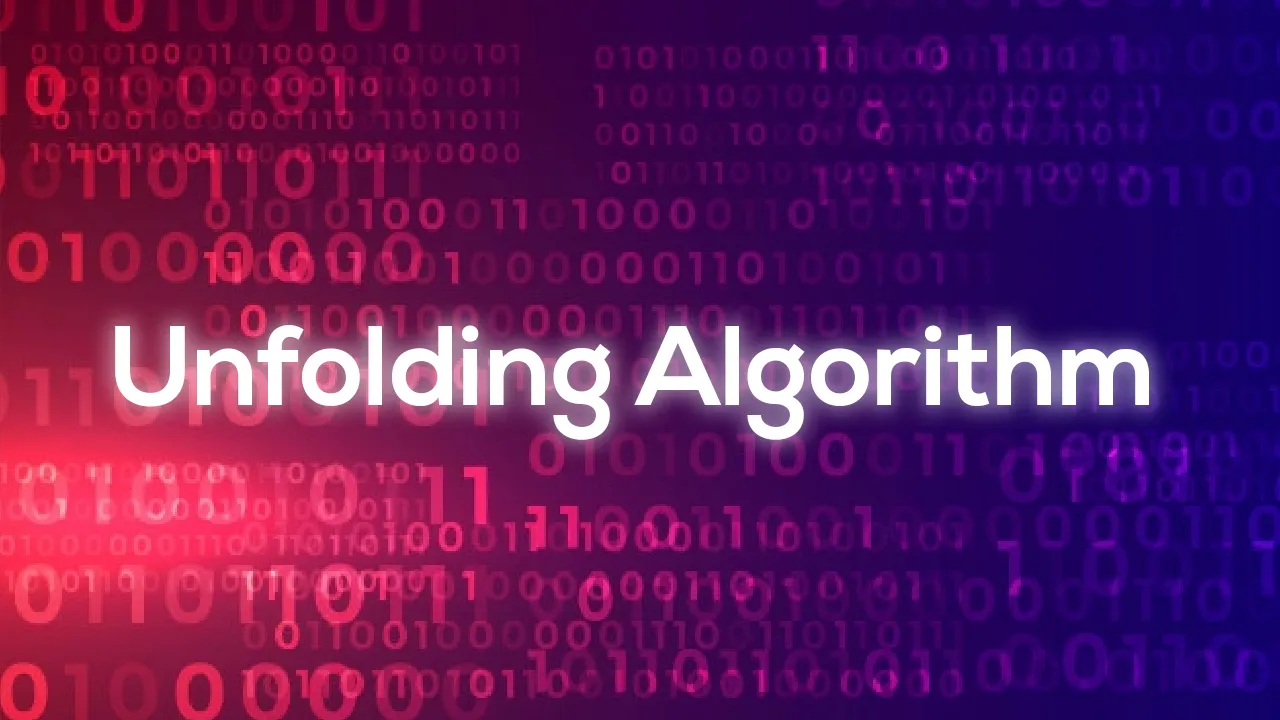The digital world has opened up a totally different way of creating relationships. It’s also unleashed an ocean of data we can analyze to get a better understanding of human behavior.
Social media data refers to all of the raw insights and information collected from an individual’s social media activity. We can create networks from these social media activities to get a better perception of that individual.
These networks can range widely and might include your Facebook friends, the products you recently purchased on Amazon, the tweets you liked or retweeted, your favorite food you ordered from Zomato, the search you made on Google, or the image you recently liked on Instagram.
Companies use these networks to classify their users into different groups. This helps them
- do market research
- generate leads
- better serve their customers
- find and share photos and videos
- discover and discuss trending content
- share information about services and restaurants
- connect with others around a shared interest or hobby
- and more.
The list is pretty much endless.
Before we get too into the weeds, let’s quickly break down the distinction between different components of a network.
The Network
A network is a web of interconnected personal relationships. For example, different individuals can communicate with one another in a social media group through a dynamic web of relationships.
A network is comprised of nodes (individual actors, people, or things within the network) and the ties, edges, or links (relationships or interactions) that connect them.
#social-media #network-analysis #community-detection #social-network-analysis #fast-unfolding-algorithm
